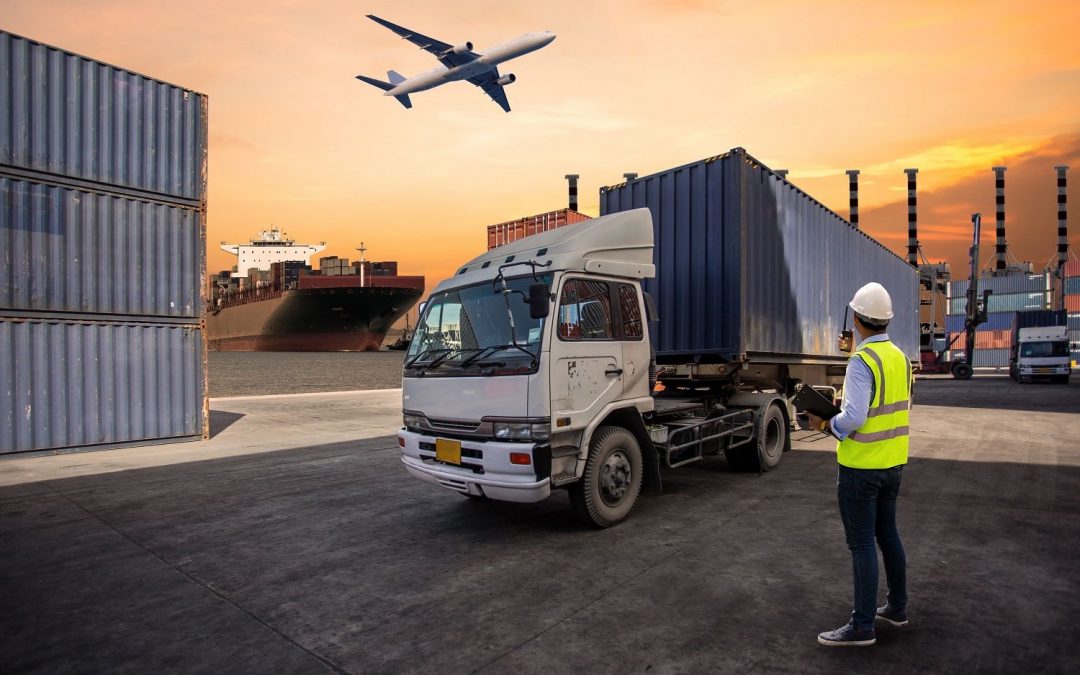What is the transport gesture?
The transport gesture is an essential element of the sale contract. It stipulates the need to organize the transportation of goods and the obligation to pay for all transportation costs. During contract negotiations, the parties agree on who will accept the freight gesture and what gesture they will accept. This trading partner, who accepts the gesture, becomes responsible for the organization of transport. When preparing a purchase and sale agreement, the value of the transport gesture itself is also determined, i.e. freight rates are examined and costs are estimated, including those related to possible damage and loss of goods.
Types of transport gesture
The parties of the contract may adopt their own transport gesture or a mixed transport gesture. In the case of the former, one of the contractual partners assumes the issues related to the transport of the goods. In the latter case, the seller is obliged to deliver the sold goods to the place of loading, where they are collected by the buyer. There is also a third variant of gestione – third-party transport gestione, where an external shipping company is responsible for the entire transport process.
Advantages and risks of transport gesture
Along with the obligations imposed on the party accepting the gesture, there also go certain rights. The one of the trade partners, which is in possession of the transport gesture, can, among others, use its own means of transport to transport the goods and influence not only the entire transport process, but also the commercial transaction. As we can read in an official document from the Enterprise Europe Network, Transport, Insurance and Freight Forwarding in International Trade, the contracting party that owns the transport competence can also obtain savings if it organizes the transport at a lower price than the one that was calculated in the price of the goods. It is also possible to create a groupage shipment.
There are also risks associated with accepting transport authority, mainly related to price volatility, e.g. increases in the price of transport services due to inflationary fluctuations.
Incoterms 2020
Transport gesture arrangements are most often based on the Incoterms international terms of sale, authored by the International Chamber of Commerce. The latest, eighth revision, is Incoterms 2020, which sets out 11 trade rules. The most important change that Incoterms 2020 introduces, compared to Incoterms 2010, is the development of the FCA (delivered to carrier) rule.
